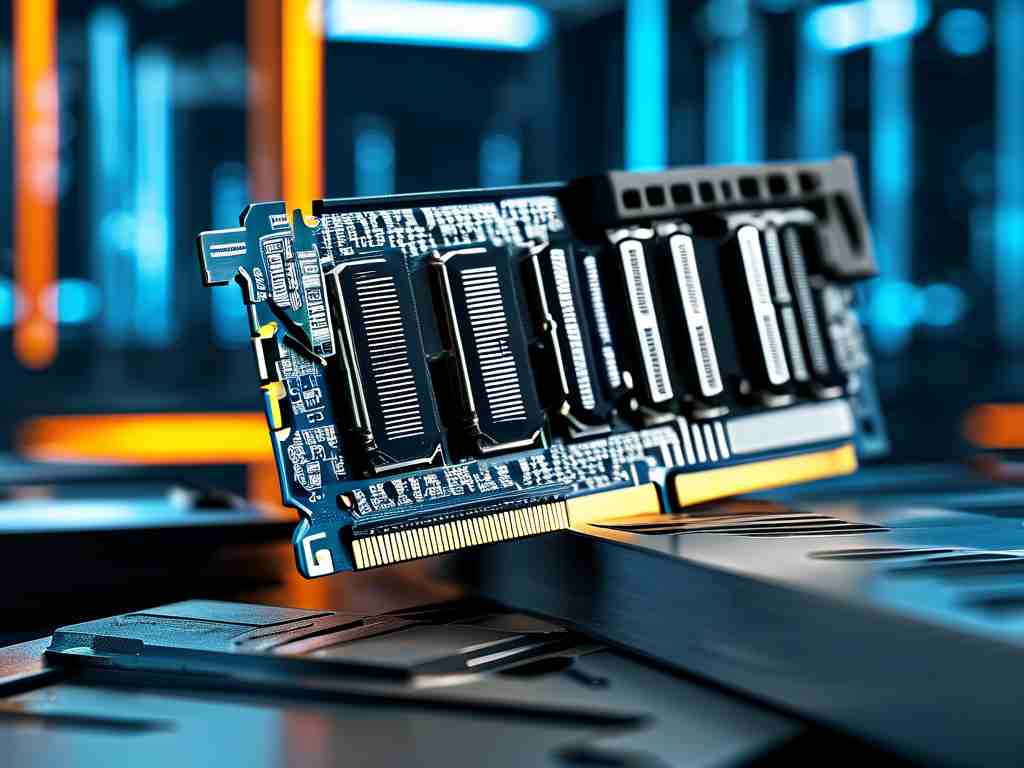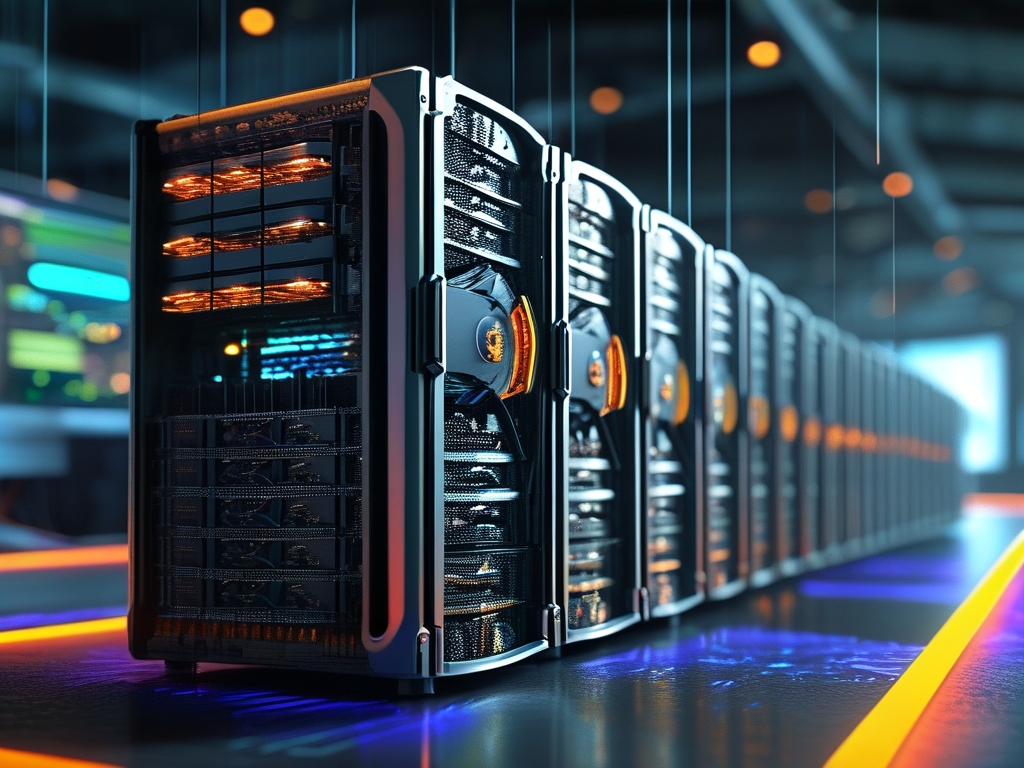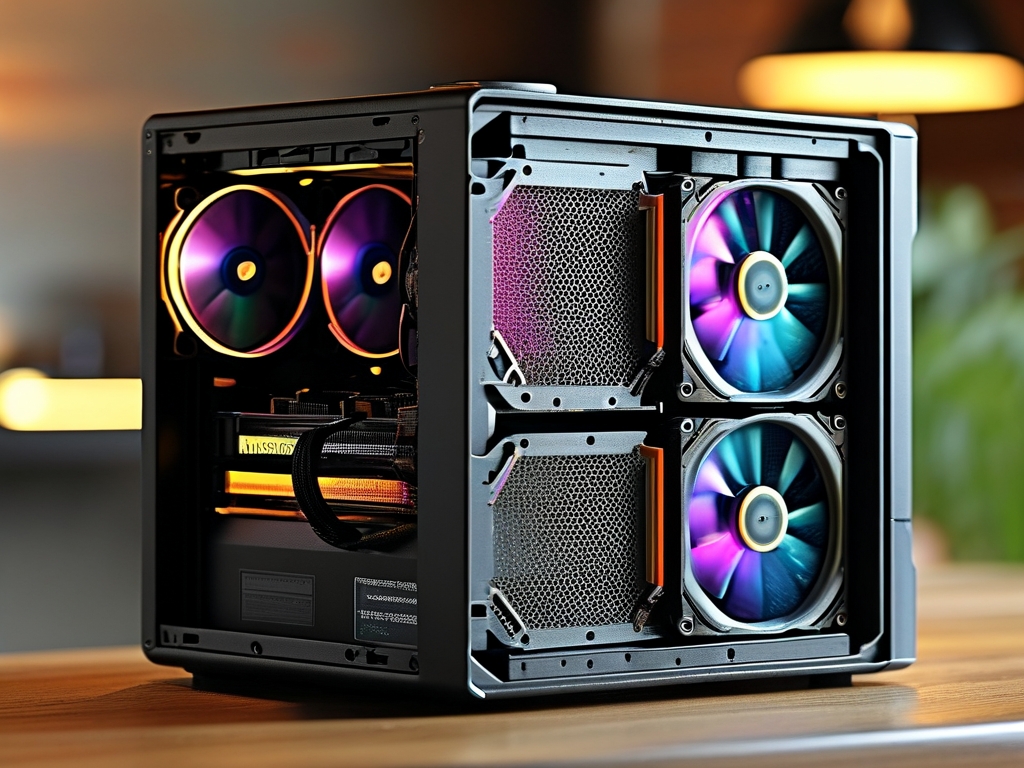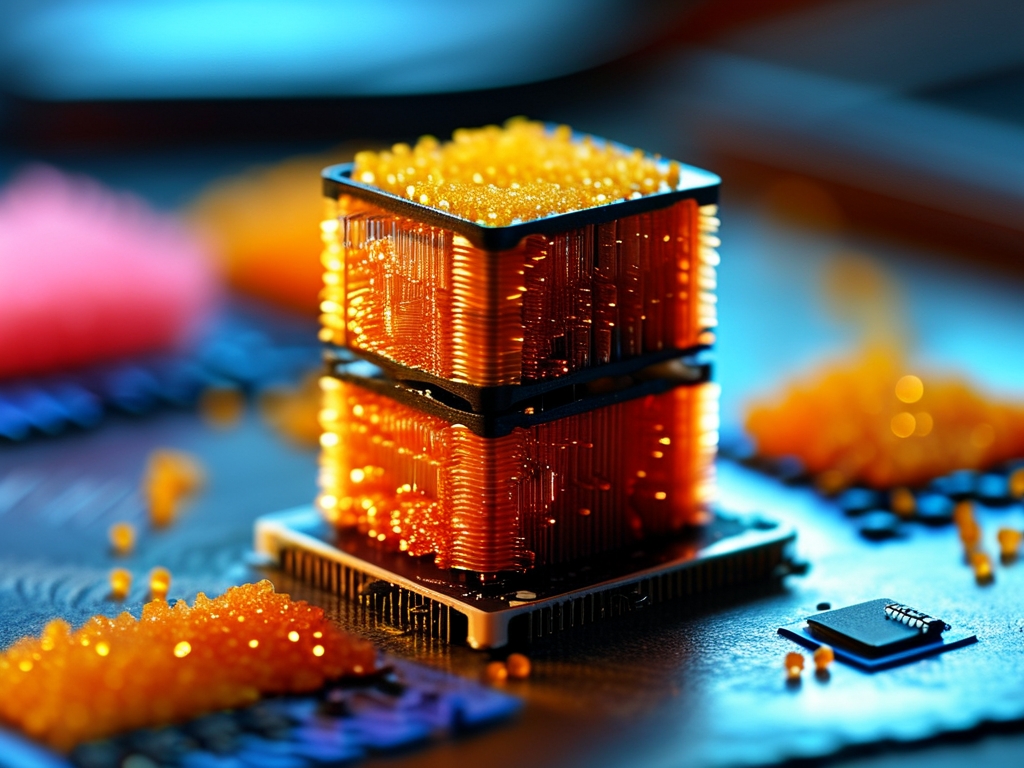For decades, the separation between memory and computation has been a foundational principle in computing systems. The Von Neumann architecture, which divides hardware into distinct units for processing (CPU) and data storage (memory), has dominated the design of computers since the 1940s. However, as technology advances, researchers and engineers are increasingly questioning this paradigm: Can memory itself be used for computation? This article explores the scientific rationale, emerging technologies, and challenges behind this revolutionary idea.
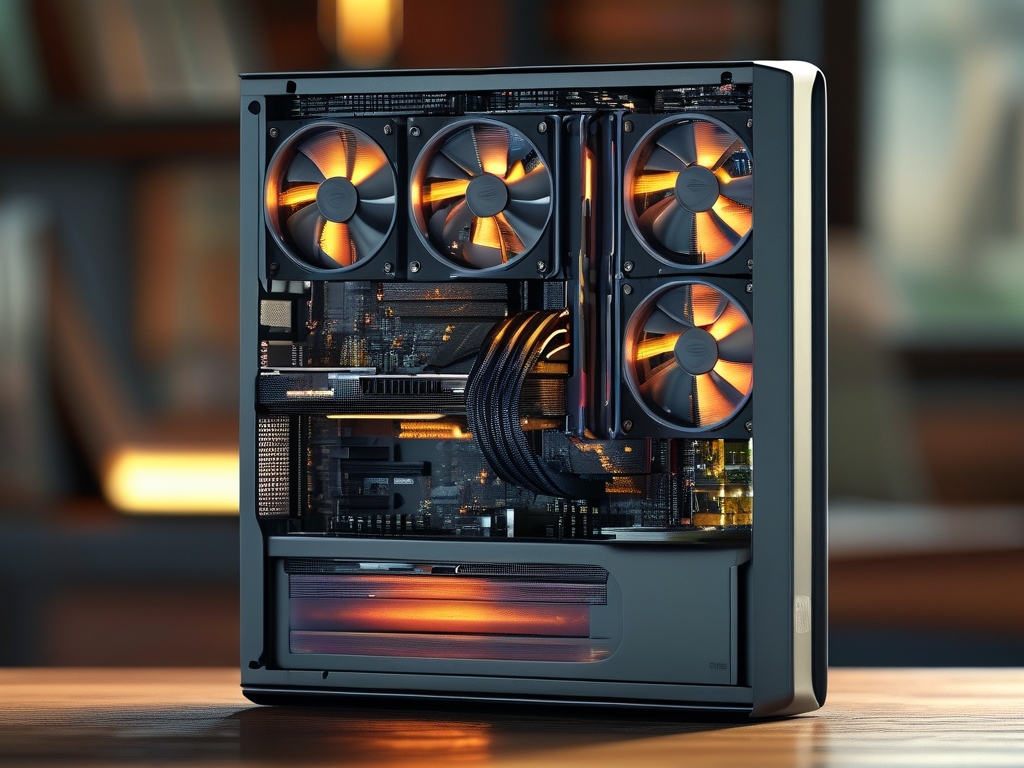
The Von Neumann Bottleneck
The traditional separation of memory and processing creates a critical limitation known as the "Von Neumann bottleneck." Data must constantly shuttle between the CPU and memory, consuming time and energy. For example, in machine learning tasks, moving large datasets between storage and processors can account for over 60% of total energy consumption. This inefficiency has prompted a search for alternatives, including in-memory computing (IMC), where memory devices perform computational tasks directly.
How Memory Can Compute
The concept relies on reimagining memory cells as computational units. Here’s how it works:
-
Analog Computation in Memory: Certain non-volatile memory technologies, such as ReRAM (Resistive RAM) and PCM (Phase-Change Memory), can store data as analog values (e.g., resistance levels). These analog states can be manipulated using physical laws—like Ohm’s Law and Kirchhoff’s Laws—to perform mathematical operations. For instance, multiplying two numbers could be achieved by applying voltages across resistive memory cells and measuring the resulting current.
-
Digital Logic-in-Memory: Even conventional DRAM or SRAM cells can be reconfigured to execute logic gates. By modifying control circuits, memory arrays can perform Boolean operations (AND, OR, XOR) without transferring data to a CPU.
-
Neuromorphic Applications: Inspired by the human brain, which processes and stores information in synapses, memristors (a type of ReRAM) enable neural network computations directly within memory arrays. This approach is particularly promising for AI workloads.
Advantages of In-Memory Computing
- Energy Efficiency: Eliminating data movement reduces power consumption by orders of magnitude. A 2021 study by IBM demonstrated that analog IMC systems could achieve 10-100x energy savings for matrix operations compared to GPUs.
- Speed: Parallel operations within memory arrays bypass serialized data transfers. For example, Samsung’s HBM-PIM (High-Bandwidth Memory with Processing-in-Memory) accelerates AI inference by 2x while cutting energy use by 70%.
- Scalability: As transistor scaling slows, IMC offers a path to continue improving performance without relying solely on smaller chips.
Current Implementations
Several projects highlight the feasibility of memory-driven computation:
- UCSB’s Memristor-Based Compute-in-Memory: Researchers built a memristor chip that performs vector-matrix multiplication—a core operation in neural networks—within memory, achieving 25 TOPS/W (tera-operations per second per watt).
- Intel’s Loihi 2: This neuromorphic processor integrates 1 million artificial neurons, using in-memory computing to simulate brain-like efficiency for specialized tasks.
- Samsung’s MRAM for AI: Magnetoresistive RAM (MRAM) prototypes have shown the ability to run machine learning inference tasks with 98% accuracy while using 1/50th the energy of traditional systems.
Technical Challenges
Despite its promise, in-memory computing faces significant hurdles:
- Precision Limitations: Analog computations are prone to noise and variability. Achieving high precision (e.g., 32-bit floating-point) remains difficult.
- Material Science Barriers: Memristors and ReRAM require exotic materials like hafnium oxide, complicating mass production.
- Architectural Redesign: Software tools, compilers, and algorithms must be rewritten to leverage IMC’s unique capabilities—a monumental task for the industry.
- Cost: Hybrid memory-processor chips demand new manufacturing techniques, raising initial costs.
The Road Ahead
The shift toward in-memory computing is not about replacing CPUs or GPUs but creating specialized systems for workloads where data movement dominates. Applications like real-time AI inference, edge computing, and big data analytics stand to benefit most. Companies like TSMC, SK Hynix, and startups like Mythic are investing heavily in this space.
However, widespread adoption hinges on solving precision and scalability issues. Hybrid architectures—combining traditional processors with IMC accelerators—may bridge the gap during this transition.
Memory’s role in computation is evolving from passive storage to active processing. While technical and economic challenges persist, the potential rewards—ultra-efficient AI, real-time data analysis, and sustainable computing—make this a frontier worth pursuing. As materials science and circuit design advance, the line between "memory" and "processor" may soon blur, reshaping computing as profoundly as the invention of the transistor.




